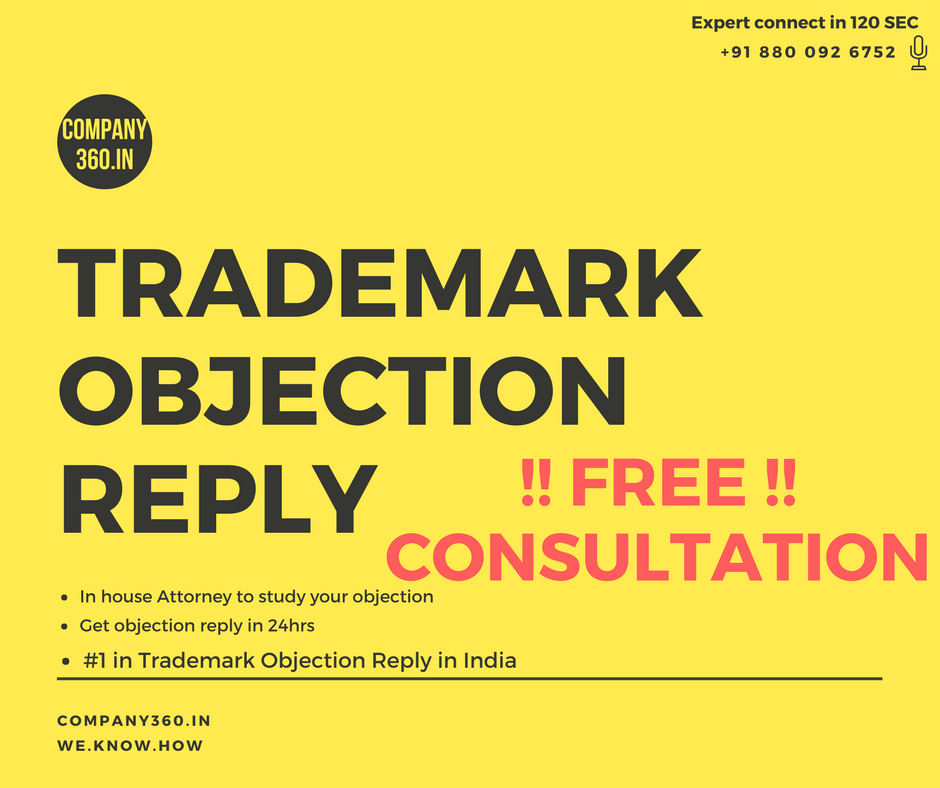
Section 1(zb) defines a trademark as mark capable of being represented graphically and
which is capable of distinguishing the goods or services. In simpler terms, they are the rights bestowed to the proprietor for a unique and distinguishing logos, design etc. Section 29(1) talks about infringement of a registered trademark by a person who, not being a registered proprietor a mark which is identical with, or deceptively similar to the trademark in relation to goods or services.
There can be various basis of trademark infringement. On of the main grounds is Confusion which can be related to confusion of design, products, source etc. Section 29(2) talks about the direct infringement of trademark by an unregistered proprietor which because of its identical and deceptive similarity will likely to cause confusion in the minds of people. In the case of Merisant Company 2 Saral & Anr. v. Equal Minerals & Anr., the Hon’ble High Court of Delhi dismissed the application of Merisant Company which was filed regarding the confusion that arose because of similar trademarks.
There are some of the other ground that cause trademark infringement from the use of goods and services in the course of trading business etc apart from what is originally registered for, to the use of these services by a person in his own business. These things are averse to the reputation of trademark and will cause confusion amongst people. If this matter is not strictly handled this will lead to more counterfeit products in the market further leading to infringement of trademark. It will not only affect the business of registered trademarks but also hamper the market demand for trademarked goods.
One of the defining case laws in the area of trademark infringement has a major obiter dictum for the understanding of intricacies of infringement in trademark laws. In the case of James Chadwick & Bros. Ltd. v. The National Sewing Thread Co. Ltd., the Hon’ble Supreme Court held that in an action of alleged infringement of a registered trade mark, it has first to be seen whether the impugned mark of the defendant is identical with the registered mark of the plaintiff. If the mark is found to be identical, no further question arises, and it has to be held that there was infringement.
Moreover, the other element that is important in determining the trademark infringement is Intention. If a person who had a reason to believe that he/she is not duly authorised to apply for a registered trademark applies for it , then in this scenario there is a trademark infringement. Also, when there is any advertising of trademark that will hamper its reputation in one way or the other, it amounts to trademark infringement for that matter. Even the use of some describable words that are unique to a particular trademark if spoken with intention to gain undue market advantage by using the reputation of that trademark can lead to infringement of trademark.
Although we do not have any provisions to deal with any indirect infringements, but with the universal law principle, there is vicarious liability and a contributory infringement that can be comprehended from the act for the protection of trademark and can be recourse for the proprietor.
There are both civil and criminal remedies for the trademark infringement. Section 103 and 104 talks about the penalty for trademark infringement that can extend up to 3 years along with the fine. For the faster redressal of the matter, a proprietor can file for criminal proceedings under section 156 of Cr.P.C. There can be simultaneous filling of a civil case so that a proprietor can get an injunction in order to stop the selling of counterfeit products in the market and prevent the accused from absconding in case of loopholes in the criminal aspect.










